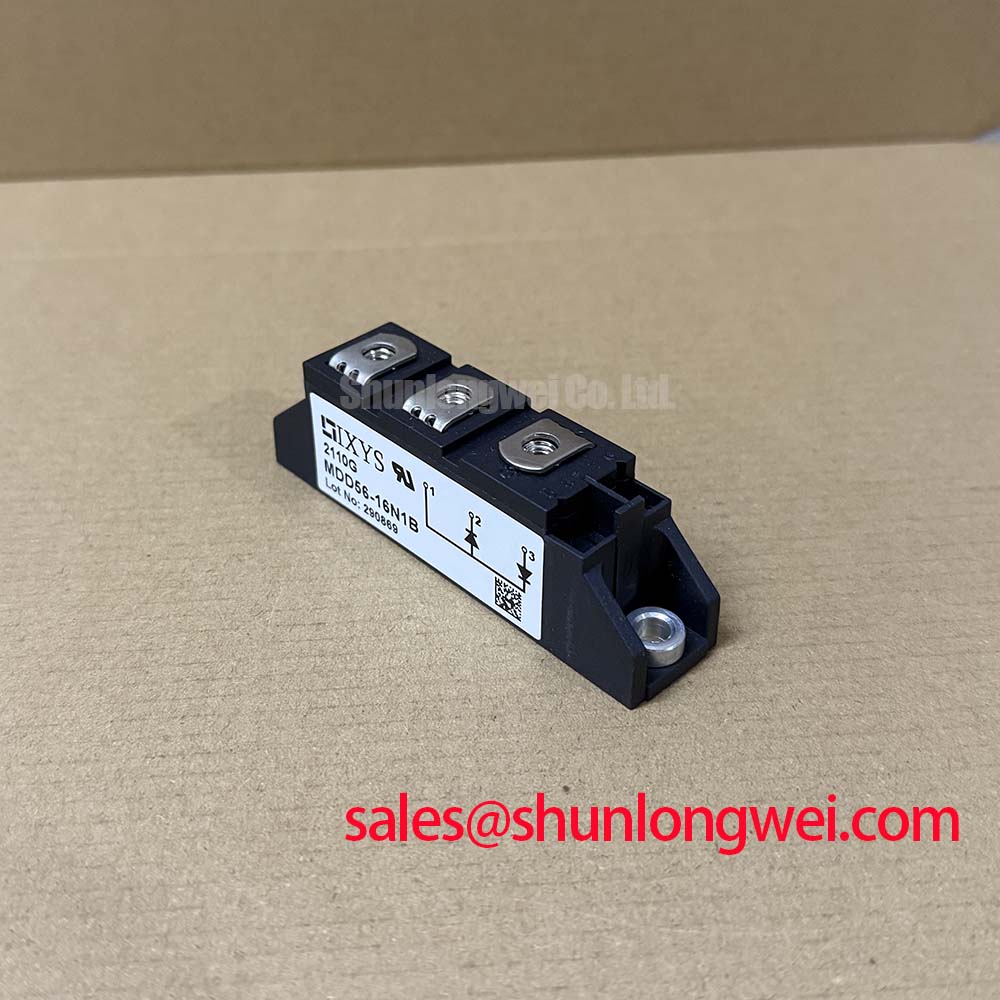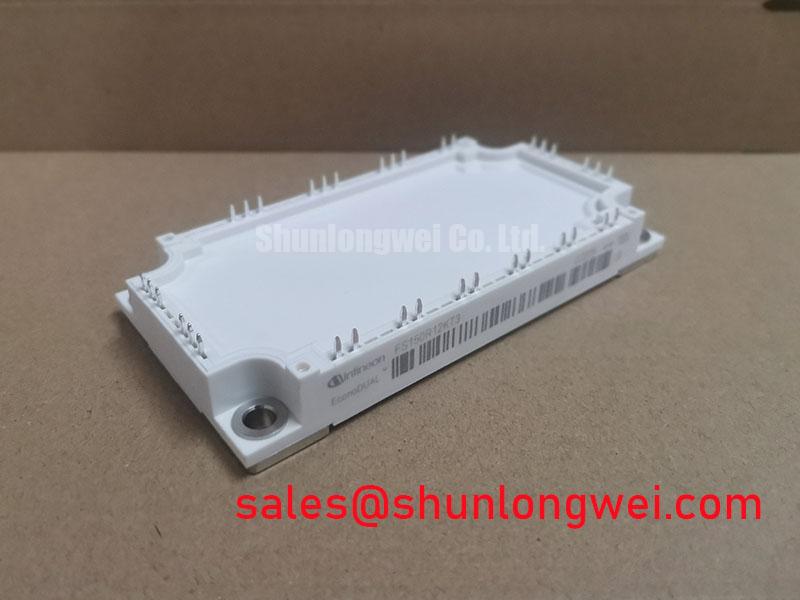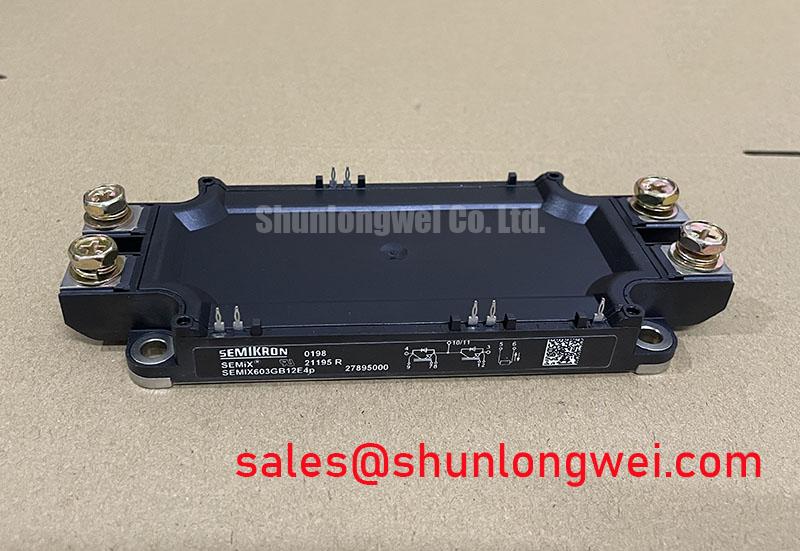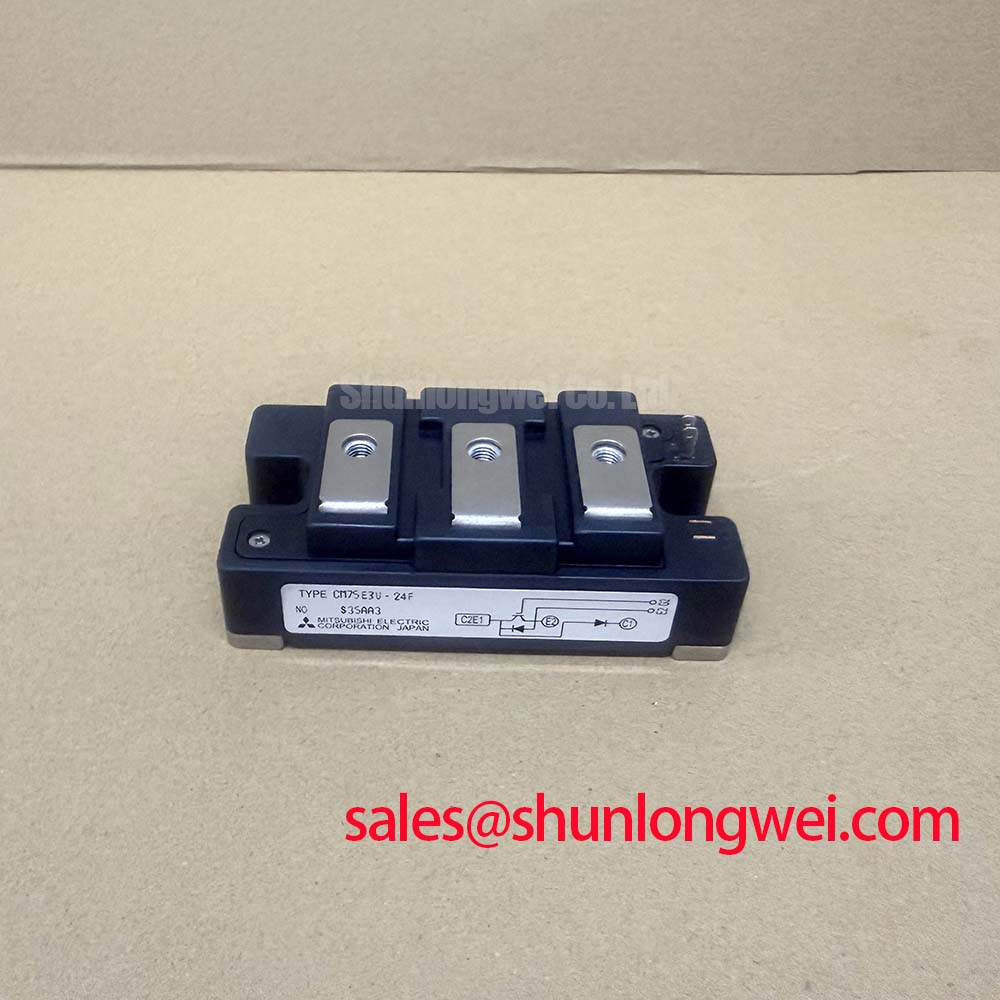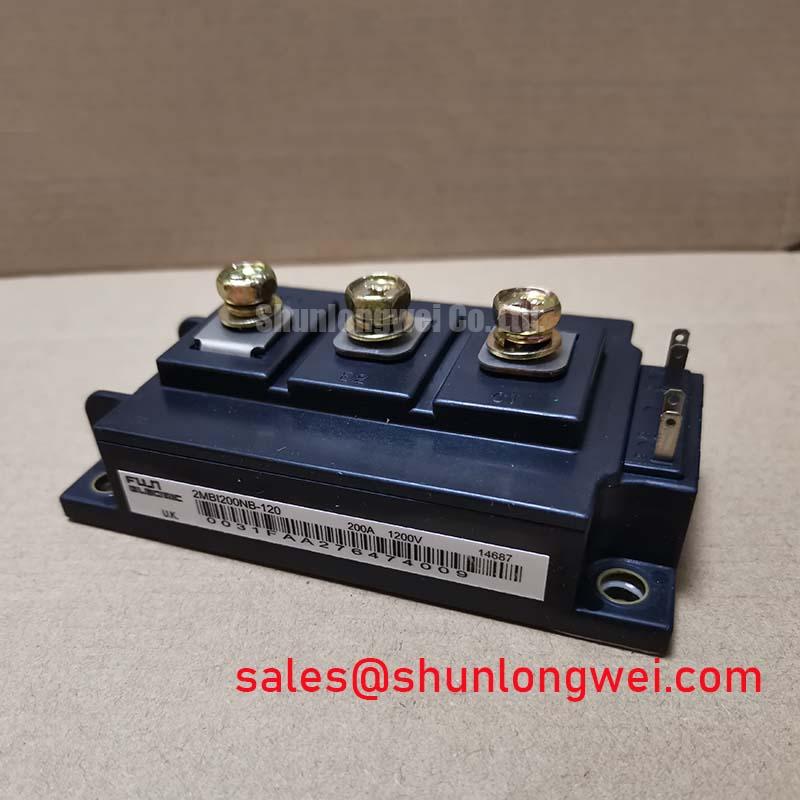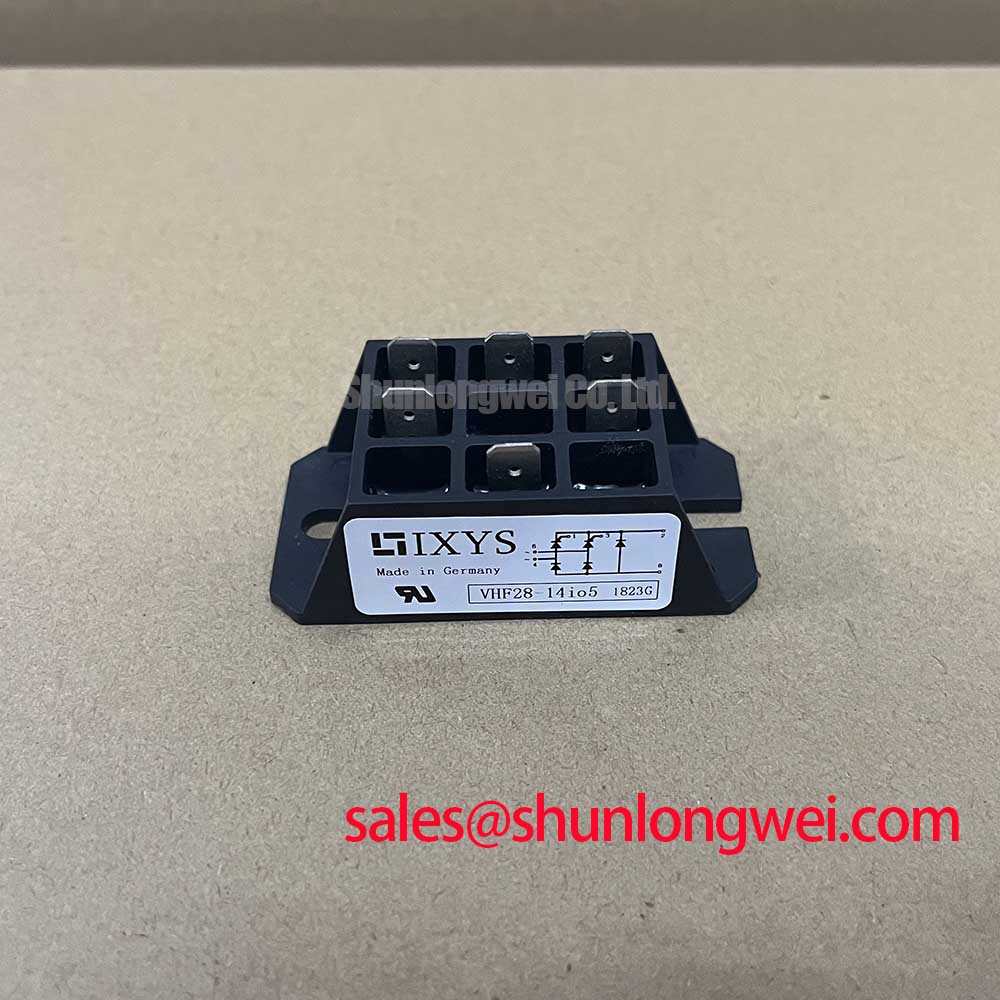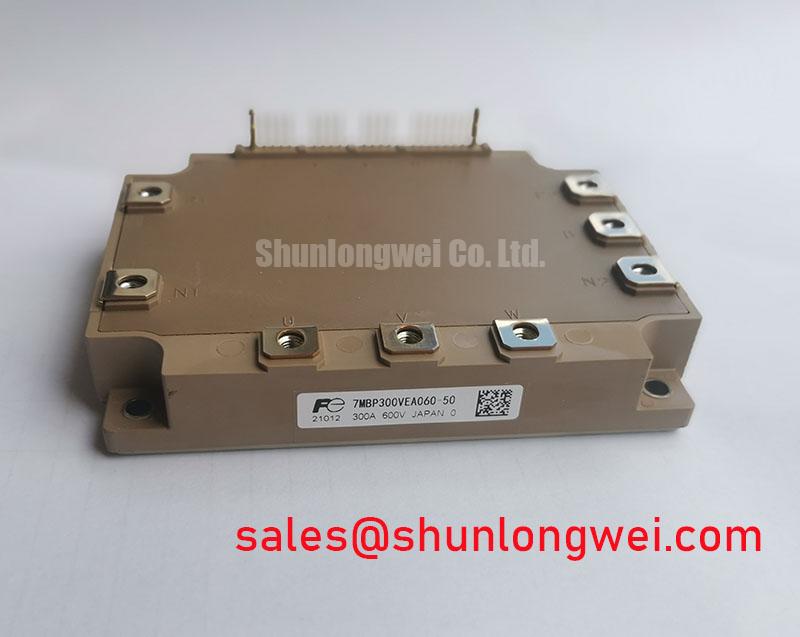MDD56-16N1B | 1600V Dual Diode Rectifier Module
Engineered for Unwavering Reliability in Demanding Power Systems
The Littelfuse MDD56-16N1B dual diode module is designed for superior operational lifetime and thermal stability, leveraging advanced pressure contact technology to eliminate solder fatigue failures. With its high voltage and current ratings, it provides a robust foundation for industrial power conversion. What is the primary benefit of its pressure-contact design? Enhanced long-term reliability by eliminating solder fatigue. This design choice creates a direct, solder-free interface, removing a critical failure point associated with repeated thermal stress and significantly extending the module's service life in cyclical applications.
Top Specs: 1600V | 64A | V_ISOL 3000V~
Key Engineering Benefits:
- Exceptional power cycling endurance.
- Robust electrical isolation.
Deployments Built on Solder-Free Reliability
The core value of the MDD56-16N1B lies in its construction. In applications such as industrial welding systems or battery charging stations, power modules are subjected to constant and often severe thermal cycling. Traditional soldered modules can develop micro-cracks over time, leading to increased thermal resistance and eventual failure. The MDD56-16N1B's pressure contact system mitigates this failure mode entirely. This makes it a preferred component in systems where maintenance access is difficult or where uptime is a critical operational metric, as the component's inherent longevity contributes directly to a lower total cost of ownership.
Strategic Advantages of Pressure Contact in Modern Power Systems
As industrial automation and power infrastructure evolve, the demand for components with predictable, long service lives is intensifying. Equipment manufacturers are shifting focus from initial component cost to long-term reliability and system TCO. The MDD56-16N1B aligns with this strategic shift. By designing with modules that are inherently more resistant to common wear-out mechanisms like solder fatigue, engineers can extend maintenance intervals and improve the overall reliability profile of their final product. This contributes to a stronger brand reputation and provides a competitive advantage in markets where durability is a key purchasing driver. For a deeper understanding of module technologies, exploring the fundamentals of IGBT Modules provides valuable context.
Core Applications: From Motor Drives to Power Supplies
The electrical and mechanical characteristics of the MDD56-16N1B make it highly suitable for a range of high-power rectification tasks. Its robust design ensures dependable performance in environments where electrical and thermal stresses are significant.
- AC and DC Motor Drives: Serves as a reliable input rectifier stage, converting AC line voltage to the DC bus voltage that powers the inverter. The high voltage rating provides a safety margin for 400V/480V line applications.
- Controlled Field Supply for DC Motors: Provides the stable DC power required for motor field windings in industrial control systems.
- Industrial Power Supplies: Functions as the front-end rectifier in switched-mode power supplies (SMPS) and uninterruptible power supplies (UPS), where efficiency and reliability are essential.
- Battery Charging Systems: Ideal for the rectification stage in high-capacity industrial battery chargers for forklifts, automated guided vehicles (AGVs), and backup power systems.
For systems requiring robust rectification up to 1600V where long-term power cycling endurance is paramount, its pressure contact design presents a definitive advantage.
Technical Inquiries for the MDD56-16N1B
1. What are the primary advantages of the MDD56-16N1B's pressure contact technology?
The main advantage is significantly enhanced reliability and lifetime. By eliminating solder joints between the ceramic substrate and the copper baseplate, the module is not susceptible to solder fatigue caused by the mismatched thermal expansion coefficients of different materials. This results in superior performance in applications with frequent temperature changes (power cycling).
2. Can the MDD56-16N1B be used for single-phase and three-phase bridge rectifiers?
Yes. The module contains two series-connected diodes with a common cathode tap. For a single-phase bridge, two modules can be used. For a standard B6 three-phase bridge rectifier, three MDD56-16N1B modules would be required, connecting the AC inputs to the anode-cathode junctions of each series pair.
3. How does the 3000V isolation voltage simplify safety certification in industrial equipment?
The high 3000V (RMS) isolation voltage between the terminals and the baseplate ensures a high degree of electrical safety. It simplifies the process of meeting international safety standards (like UL and IEC) by providing a robust barrier between the live electrical circuit and the grounded heatsink/chassis, reducing the requirements for additional external insulation.
A Closer Look at the Thermal and Electrical Architecture
The engineering behind the MDD56-16N1B is focused on durability. The use of glass passivated diode chips is a critical feature, providing a stable and hermetic seal for the semiconductor junction. This passivation protects the chip from environmental contaminants and ensures stable blocking characteristics and low leakage currents throughout the device's operational life. Another key parameter is the thermal resistance, junction to case (RthJC), specified at 0.5 K/W. Think of thermal resistance as the diameter of a pipe draining heat from the chip; a lower value, like that of the MDD56-16N1B, signifies a wider pipe, allowing heat to escape more efficiently. This keeps the junction temperature lower, directly enhancing reliability and lifetime.
Data for Your Design Evaluation
This data is provided to assist engineers in their component evaluation process. The selection should be based on a thorough analysis of the specific application's electrical, thermal, and mechanical requirements. For systems that demand higher current handling, the related MDD95-12N1B offers a similar architecture with an increased current rating.
| Parameter | MDD56-16N1B | MDD95-12N1B |
|---|---|---|
| Repetitive Peak Reverse Voltage (V_RRM) | 1600 V | 1200 V |
| Average Forward Current (I_FAV @ T_C=100°C) | 64 A | 106 A |
| Thermal Resistance, Junction to Case (R_thJC) | 0.5 K/W | 0.28 K/W |
| Isolation Voltage (V_ISOL) | 3000 V~ | 3000 V~ |
MDD56-16N1B Key Performance Indicators
The following parameters are critical for system design and simulation. For a comprehensive list of specifications, please download the official datasheet.
| Parameter | Value |
|---|---|
| Repetitive Peak Reverse Voltage (V_RRM) | 1600 V |
| Average Forward Current (I_FAV @ T_C = 100°C) | 64 A |
| Threshold Voltage (V_T0) | 0.8 V |
| Slope Resistance (r_T) | 4 mΩ |
| Thermal Resistance, Junction to Case (R_thJC) | 0.5 K/W |
| Isolation Voltage (V_ISOL, 50/60 Hz, RMS) | 3000 V~ |
Future-Proofing Designs with High-Reliability Components
Integrating the Littelfuse MDD56-16N1B is a strategic decision that extends beyond immediate performance. By building systems around components engineered to withstand long-term operational stress, designers are creating more sustainable and cost-effective solutions. As industries move towards extended warranties and service life agreements, the inherent robustness of pressure contact technology provides the foundation needed to meet these future market demands, ensuring that today’s designs remain dependable for years to come. Understanding how to prevent common failures is key to maximizing the potential of such durable components.


